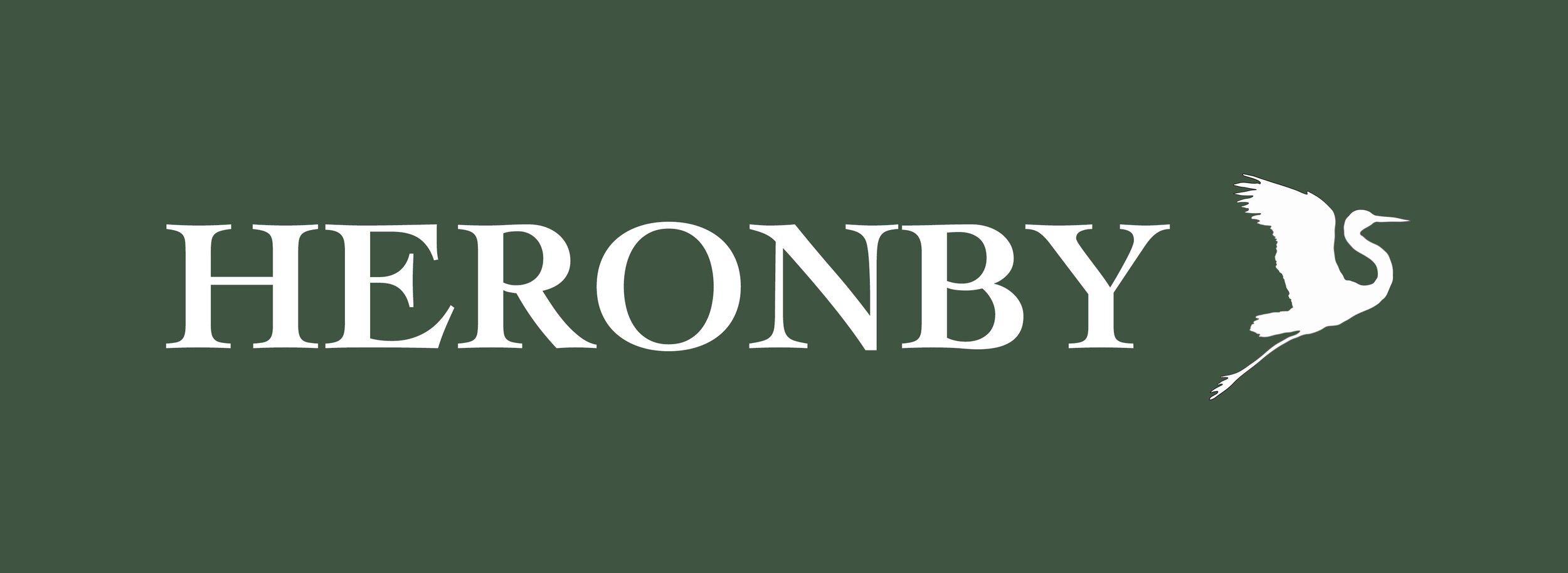Skipwith Common NNR – A jewel in nature’s crown
National Nature Reserves are often described as ‘jewels in nature’s crown’, sites of special significance to be enjoyed, protected and conserved.
Skipwith Common NNR, in North Yorkshire, is one of the last remaining areas of lowland heath in northern England and one of only two extensive areas of open heathland in the Vale of York, the other being Strensall Common. Historically, much of the Vale of York was once lowland heath but in more recent years has been used for agriculture.
The 265-hectare site is owned and managed by Escrick Park Estate, in partnership with Natural England and a team of dedicated volunteers, the Friends of Skipwith Common. It’s an uncommon arrangement as two thirds of England’s 225 NNRs are managed directly by Natural England. Others are cared for by the National Trust, Forestry Commission, RSPB, Wildlife Trusts and local authorities.
The heathland has stayed almost the same for thousands of years, characterised by both wet and dry heath, with ponds, mires, woodland and scrub. Wildflowers, grasses, white cotton and purple heather, bring seasonal colour.
Skipwith Common was declared an NNR by Natural England in 2010 but had previously been designated a Site of Special Scientific Interest (SSSI) in 1958, and a Special Area of Conservation (SAC) in 2004.
It is currently part of a Higher Level Stewardship Scheme, administered by Natural England, which underpins the Estate’s commitment to conserving and protecting this much loved and important site.
The Common is home to many habitats. Hardy Hebridean sheep, Longhorn cattle and Exmoor ponies help to nurture the wildlife and manage the rare heathland naturally through grazing.
As well as keeping ancient land management methods alive through grazing with rare breeds, the Estate, Natural England and the volunteers operate a regular programme of scrub clearance and felling of invasive birch and willow to ensure the unique landscape is maintained.
For thousands of years heathland like this was kept open by local people with commoners’ rights who grazed animals and cut birch, gorse, turf and peat for fuel. Digging peat created the many ponds that can still be found on the site.
As ancient practices declined, large swathes of the heath became covered in scrub woodland. Over the past 20 years, Escrick Park Estate has cleared around 100 hectares of that scrub to restore the important lowland heath. Its impact on the landscape, nature and biodiversity has been significant.
In addition to the heathland, there is native broadleaf woodland, ponds, reedbed and fen which support many hundreds of insect and bird species including woodlark and nightjar. Rare plants, such as Marsh St John’s Wort, can also be found.
The Freshwater Habitats Trust has identified Skipwith Common NNR as a Flagship Pond site due to its exceptional importance for freshwater biodiversity. The numerous ponds, pools and lakes support several of Britain’s most endangered freshwater plants and animals including great crested newts, the pond mud snail and pillwort, a delicate aquatic fern with thin, threadlike leaves which unfurl from tight coils. Pillwort is a priority species for conservation in both England and Wales due to its rapid decline throughout north-west Europe.
Today Skipwith Common NNR welcomes visitors to enjoy the nature and wildlife, fresh air and exercise with three waymarked public trails offering opportunities to explore the area and its rich history and habitats.
The Bombs and Lizards trail provides an insight to when Skipwith Common was an RAF base during the Second World War, one of many built in the area at that time. The airfield was built on Skipwith Common in 1942 to train pilots to fly bombing missions over Germany. Today the runways and bomb storage bays are still visible, although wildlife is taking over.
Other routes include Hidden Archaeology with evidence of Bronze Age burial mounds, barrows, banks and ditches. There is also evidence of an Iron Age enclosure on the site.
To learn more, download the visitor information leaflet here.
